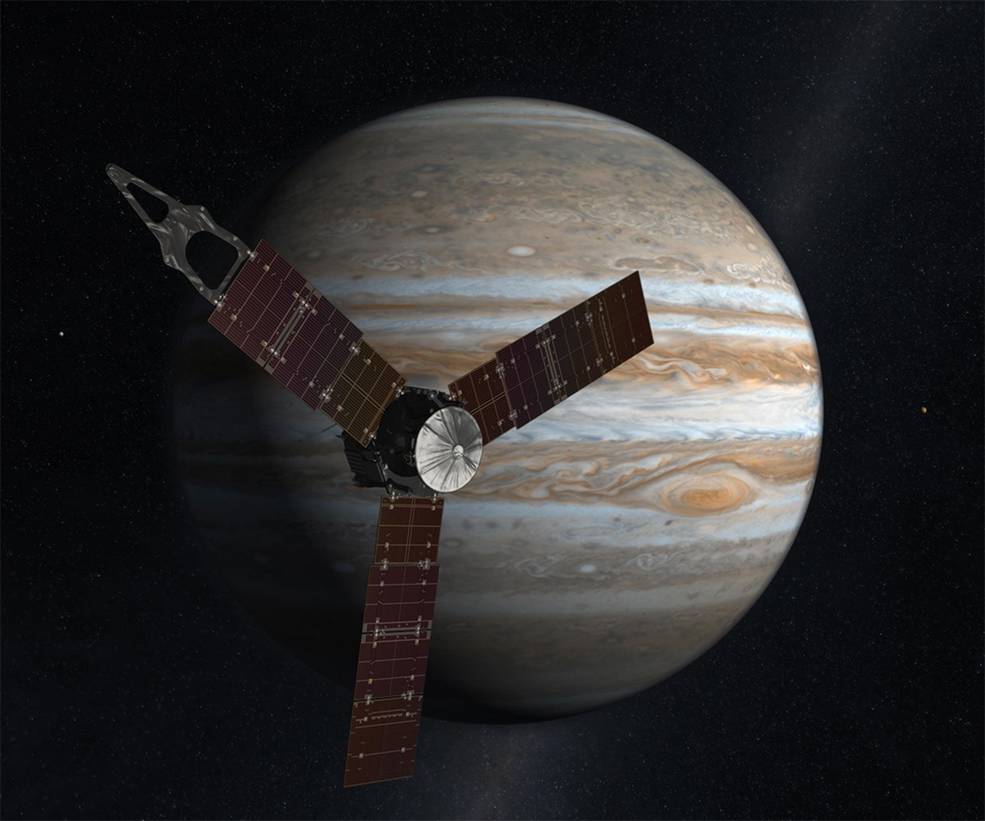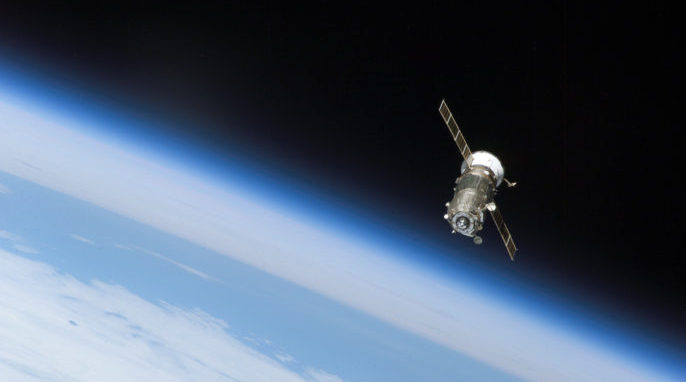For years, astronomers have been puzzled by a bizarre, fuzzy-looking object in the center of the Milky Way Galaxy. The object was suspected of being a hydrogen gas cloud headed toward our galaxy’s enormous black hole. However, it’s not a gas cloud. It’s something much more awesome.
In astronomy circles, the mysterious object is known as G2. It is circling the black hole at the center of our galaxy like a rubber duck circling a bathtub drain. Astronomers have spent years trying to figure out what it is, and a team from the University of California, Los Angeles finally has an answer.
The team, led by Andrea Ghez, professor of physics and astronomy at UCLA, determined that G2 is a an amazingly big star. Previously, it was a pair of binary stars that used to orbit the black hole in tandem and merged together into one enormous star, wearing a cloak of space dust and gasses. The giant star’s movements are controlled by the black hole’s powerful gravitational field.
The astronomers knew that if G2 had simply been a hydrogen cloud, it would have been torn to shreds when it passed too close to the black hole, resulting in a celestial fireworks display.
But G2’s orbit took it dangerously close to the edge of the mighty black hole, and nothing happened. “G2 survived and continued happily on its orbit; a simple gas cloud would not have done that,” says Ghez. “G2 was basically unaffected by the black hole. There were no fireworks.”
Black holes are stars that have collapsed into themselves. They have such incredibly high density that nothing, not even light, can escape their gravitational pull. They cannot be seen directly, but their influence on nearby stars is visible. The black hole tugs the stars around and observers can watch the movement.
Ghez says that G2 appears to be just one of an emerging class of stars near the black hole that are created when intense gravity causes binary stars to merge into one super star. She also notes that, in our galaxy, massive stars primarily come in pairs.
When two stars near a black hole merge into one, the resulting mega star expands for more than one million years before it settles back down. So, how many stars did this before people started to watch them
“This may be happening more than we thought. The stars at the center of the galaxy are massive and mostly binaries. It’s possible that many of the stars we’ve been watching and not understanding may be the end product of mergers that are calm now,” Ghez explains.
The research that led to the discovery of the merged binary stars was conducted at the W.M. Keck Observatory in Hawaii. The observatory houses the world’s two largest optical and infrared telescopes– useful tools if you want to stand on earth and peer into the center of the Milky Way Galaxy.
According to members of the research team, they wouldn’t have been able to identify the mysterious G2 object at the center of the Milky Way Galaxy without the Keck’s advanced technology. “It is a result that…was possible only with these incredible tools, the Keck Observatory’s 10-meter telescopes,” explains Gunther Witzel, lead author of the study.
The telescopes use adaptive optics, a technology that corrects the distorting effects of the Earth’s atmosphere in real time, allowing earthbound observers to see the space around the supermassive black hole.
“We are seeing phenomena about black holes that you can’t watch anywhere else in the universe,” Ghez says. “We are starting to understand the physics of black holes in a way that has never been possible before.”
The research was published yesterday in the journal Astrophysical Journal Letters.
The project received funding from the National Science Foundation, the Lauren Leichtman and Arthur Levine Chair in Astrophysics, the Preston Family Graduate Student Fellowship, and the Janet Marott Student Travel Awards. The W. M. Keck Observatory is operated as a scientific partnership among the University of California, Caltech, and NASA.
Image: Telescopes at the W.M. Keck Observatory in Hawaii (Ethan Tweedie)




